Significance
Penghu Mazu Temple has been the main religious center in Taiwan’s Penghu archipelago for over four centuries. It houses a stone stele commemorating Ming dynasty General Shen You-Rong’s defeat of Dutch Captain Wijbrand van Waerwijck. In addition to being the most ancient stele in Taiwan, it also provides conclusive evidence that Penghu Mazu Temple is the oldest Mazu temple in Taiwan. Penghu Mazu Temple’s great historical significance is attested to by the Kangxi Emperor’s appointment of the Tianhou (the Heavenly Queen) title upon the temple’s goddess and his enshrinement within the temple of a Mazu statue with a face of gold. It is further evinced by Magong City’s old name Mā gong—a homonym of its present name—whose characters translate into Mazu’s Palace. A treasure house of art, Penghu Mazu Temple’s structures with their highly artistic powdered gold-leaf paintings, stone sculpture, wood carvings, detailed reliefs, and colorful paintings were the work of famous artisans. These works clearly illustrate Taiwan’s high level of achievement in the folk arts.
History
According to Chinese historiography, the Han Chinese began their migration to Penghu during the Southern Song dynasty (1127 – 1279). Penghu Mazu Temple was the first temple built by the Han Chinese as they began to settle the islands of Taiwan. It is believed that the temple was established in the Yuan dynasty (1271 – 1368). According to the oldest reliable historiography, regional military commissioner Shen You-Rong (1557 – 1627) met with Dutch Captain Wijbrand van Waerwijck at Mazu Temple in 1604 to demand that the Dutch leave Penghu. The stone stele that records this event is preserved in the temple’s Qingfeng Pavilion. A location labeled Sineesche Tempel can also be found on a map of Penghu created by the Dutch in 1623, a testament to the temple’s long-standing history. The interconnected buildings from the front to the back of the complex reflect the scale of temple construction at the time. In the past, Penghu’s Mazu Temple was also referred to as Mā gong, or Mazu’s Palace, and in fact the islands of Penghu were also known by this name. In 1683, Qing dynasty admiral Shi Lang (1621 – 1696) and his troops managed to take over Penghu. Shi attributed the victory to the blessings of Mazu, and submitted a memorial to the Kangxi Emperor beseeching him to grant Mazu the penultimate rank of Tianhou (Empress of Heaven). Since then, the temple has been known as Tianhou Mazu Temple. In 1922, Magong’s merchants hired Chaozhou’s famous carpenter Lan Mu to oversee a planned temple expansion. They purchased neighboring businesses to enlarge the temple grounds and added front and rear halls to the complex. Penghu Mazu Temple was designated a national historic landmark in 1983; at about the same time another renovation project was launched. The temple’s most recent restoration work began in 2011 in response to corrosion caused by years of wind and rain which did such severe damage to the temple’s main building, the Qingfeng Pavilion, that it was in danger of of being condemned. The restoration project was completed in 2014.
Special Features
1Chaozhou-Style Temple Layout
 Penghu Mazu Temple’s current layout and appearance are the result of its 1922 expansion, which was supervised by artisan Lan Mu (1872 – ?) of Chaozhou, Guangdong. Hence, its architecture differs from most of Taiwan’s Minnan style temples of the same period. The overall layout consists of three halls (the Sanchuan Hall, the main hall, and the Qingfeng Pavilion or rear hall) separated by courtyards. The halls are connected by two long corridor wings that run from front to back of the temple complex. Since the temple was built on a slope, the buildings gradually rise in elevation. The temple’s exterior wall is built of Penghu’s signature coral stone. The stone steps leading from the temple’s front square to the Sanchuan Hall were created in a unique polygonal design—other Taiwanese temples use round or rectangular stone steps. The three-section Sanchuan Hall is connected to the left- and right-hand wings in such a way as to enclose the temple and keep out wind-blown beach sand. In addition to showcasing Penghu’s unique architecture, the temple also houses a trove of decorative carvings and colorful paintings. The remarkable wood carvings were mostly done in camphorwood and are a good example of the intricacy of Taiwan’s contemporary temple wood carving techniques. Several Chaozhou-style features can be observed in Penghu Mazu Temple, including the rough-hewn rectangular sandalwood tie beams in the richly decorated Sanchuan Hall, the hanging extensions under the eaves carved as oversized flowers, the rectangular shape of many of the columns in the temple, and the bracket blocks added at the junctions of the tie beam and pillars of the Sanchuan Hall.
Penghu Mazu Temple’s current layout and appearance are the result of its 1922 expansion, which was supervised by artisan Lan Mu (1872 – ?) of Chaozhou, Guangdong. Hence, its architecture differs from most of Taiwan’s Minnan style temples of the same period. The overall layout consists of three halls (the Sanchuan Hall, the main hall, and the Qingfeng Pavilion or rear hall) separated by courtyards. The halls are connected by two long corridor wings that run from front to back of the temple complex. Since the temple was built on a slope, the buildings gradually rise in elevation. The temple’s exterior wall is built of Penghu’s signature coral stone. The stone steps leading from the temple’s front square to the Sanchuan Hall were created in a unique polygonal design—other Taiwanese temples use round or rectangular stone steps. The three-section Sanchuan Hall is connected to the left- and right-hand wings in such a way as to enclose the temple and keep out wind-blown beach sand. In addition to showcasing Penghu’s unique architecture, the temple also houses a trove of decorative carvings and colorful paintings. The remarkable wood carvings were mostly done in camphorwood and are a good example of the intricacy of Taiwan’s contemporary temple wood carving techniques. Several Chaozhou-style features can be observed in Penghu Mazu Temple, including the rough-hewn rectangular sandalwood tie beams in the richly decorated Sanchuan Hall, the hanging extensions under the eaves carved as oversized flowers, the rectangular shape of many of the columns in the temple, and the bracket blocks added at the junctions of the tie beam and pillars of the Sanchuan Hall.
2The First Stele in Penghu, Taiwan The granite stele commemoration Shen You-Rong’s meeting with Dutch Captain Wijbrand van Waerwijck in Qingfeng Pavilion is nearly two meters tall and thirty centimeters wide. It is the oldest temple stele in Taiwan. In 1604, the Dutch East India Company sent warships led by Admiral Wijbrand van Waerwijck to China to make trade demands, but a storm off of Guangzhou forced them off course and they landed in Penghu instead. Ming dynasty General Shi De-Zhen sent regional military commissioner Shen You-Rong to Penghu to conduct negotiations which culminated in a Dutch retreat. The stele was erected as a memorial to this diplomatic achievement.
The granite stele commemoration Shen You-Rong’s meeting with Dutch Captain Wijbrand van Waerwijck in Qingfeng Pavilion is nearly two meters tall and thirty centimeters wide. It is the oldest temple stele in Taiwan. In 1604, the Dutch East India Company sent warships led by Admiral Wijbrand van Waerwijck to China to make trade demands, but a storm off of Guangzhou forced them off course and they landed in Penghu instead. Ming dynasty General Shi De-Zhen sent regional military commissioner Shen You-Rong to Penghu to conduct negotiations which culminated in a Dutch retreat. The stele was erected as a memorial to this diplomatic achievement.
3Carved Panels at the Entrance of the Sanchuan Hall The intricate carving over the lintel above the entrance to the Sanchuan Hall was the work of carpenters influenced by the Lingnan school. Their skill is evident in the meticulously layered openwork carving, which depicts historical events and nature themes. They are the most significant element of Penghu Mazu Temple’s decorative arts, and among the most brilliant temple carvings in all Taiwan.
The intricate carving over the lintel above the entrance to the Sanchuan Hall was the work of carpenters influenced by the Lingnan school. Their skill is evident in the meticulously layered openwork carving, which depicts historical events and nature themes. They are the most significant element of Penghu Mazu Temple’s decorative arts, and among the most brilliant temple carvings in all Taiwan.
4Powdered Gold-Leaf Paintings in the Main HallPenghu Mazu Temple’s powdered gold-leaf paintings can be found on either side of the shrine in the main hall. Three paintings grace the lintel and four more are housed within the shrine; all were created by master Zhu Xi-Gan (1895 – 1940), of Zhangzhou, Fujian. Powdered gold-leaf paintings are produced by grinding gold-leaf foil into a powder which is then applied to a black background that is not yet completely dry. The shading is accomplished by adjusting the density of the gold powder. A skillful master can create an exquisite visual effect. This painting technique is uncommon in Taiwan, and in Penghu is only seen in Mazu Temple. These character-themed powdered gold-leaf paintings are one of Mazu Temple’s significant decorative achievements. After the restoration, the paintings were encased in glass for their protection.
5Golden-Faced Mazu StatueThe face of the Mazu statue in the main hall was worked in gold. A majestic crown sits on her head and the expression on her face is merciful and kind. In 1683, Qing dynasty admiral Shi Lang defeated the Kingdom of Tongning’s garrison forces to take over Penghu. Shi Lang credited his victory to the blessings and protection of Mazu’s spirit. He submitted a memorial to the Kangxi Emperor in 1684 requesting the appointment of Mazu to the exalted rank of Tianhou (Heavenly Empress) as well as the bestowment of a golden-faced Mazu statue. The temple was renamed Tianhou Mazu Temple.
6Decorative Screen Carvings in the Doors to the Main Hall The eight doors inset into the main hall entryway were added after 1945 for protection against typhoons and monsoon rains. The carved screen panels feature carvings of flowers, birds, and auspicious themes related to the four seasons, all of which which symbolize an abundance of wealth and happiness. The meticulous detail of the carvings produced exquisite works of art.
The eight doors inset into the main hall entryway were added after 1945 for protection against typhoons and monsoon rains. The carved screen panels feature carvings of flowers, birds, and auspicious themes related to the four seasons, all of which which symbolize an abundance of wealth and happiness. The meticulous detail of the carvings produced exquisite works of art.
7The Inscription BoardA board inscribed with the phrase “Blessings upon all Intellectuals” (gòngbìsīwén) is positioned at the top of the main hall’s left corridor. It was a gift from Penghu’s advanced scholar (jinshi) Tsai Ting-Lan, who returned home to make obeisance to his ancestors after passing the imperial examination in 1844. He arrived in time for the completion of Mazu Temple’s 1845 restoration and presented this inscription board to the temple in appreciation of Mazu’s blessings upon students. The board was made in a unique design of gilt letters engraved on a black surface. It was originally positioned on the second floor of the Qingfeng Pavilion after it was restored in 1923. It has now been moved to the top of the corridor to the left of the main hall.
8The Qingfeng Pavilion Museum The Qingfeng Pavilion (the rear hall), also known as the Gong Shan Building, served as a gathering place for scholars in times past. The building was added to Penghu Mazu Temple during its 1925 renovation. The name of the pavilion—Qingfeng—describes a cooling breeze wafting through a high-ceilinged chamber. The details of the pavilion’s wood carvings are characteristic of Chaozhou-style architecture. The Pavilion houses a display that showcases historical artifacts of Penghu and artwork from the temple. Chief among these are the stone stele detailing Shen You-Rong’s meeting with Captain van Waerwijck, the Penghu harbor map drawn by the Dutch, a rubbing of a stone tablet commemorating the temple’s restoration, a rubbing of the inscription board “Blessings upon the Intellectuals,” as well as old photos and drawings of past restorations and antique materials and components that were removed from the temple buildings during its many reconstructions.
The Qingfeng Pavilion (the rear hall), also known as the Gong Shan Building, served as a gathering place for scholars in times past. The building was added to Penghu Mazu Temple during its 1925 renovation. The name of the pavilion—Qingfeng—describes a cooling breeze wafting through a high-ceilinged chamber. The details of the pavilion’s wood carvings are characteristic of Chaozhou-style architecture. The Pavilion houses a display that showcases historical artifacts of Penghu and artwork from the temple. Chief among these are the stone stele detailing Shen You-Rong’s meeting with Captain van Waerwijck, the Penghu harbor map drawn by the Dutch, a rubbing of a stone tablet commemorating the temple’s restoration, a rubbing of the inscription board “Blessings upon the Intellectuals,” as well as old photos and drawings of past restorations and antique materials and components that were removed from the temple buildings during its many reconstructions.
Reminders
Penghu Mazu Temple’s turtle cake offering held during the Lantern Festival (the 15th day of the first lunar month) is a unique tradition found only in Penghu. On this day, the temple serves turtle-shaped cakes made of glutinous rice flour and sugar to the participants in a moon-block casting divination activity. Worshippers make requests of the gods and take turtle cakes home as offerings if the gods approve, returning them the following year to express their gratitude. The bakers of the turtle cakes decorate the turtles’ backs to give them a festive look.
Panoramic
Directions